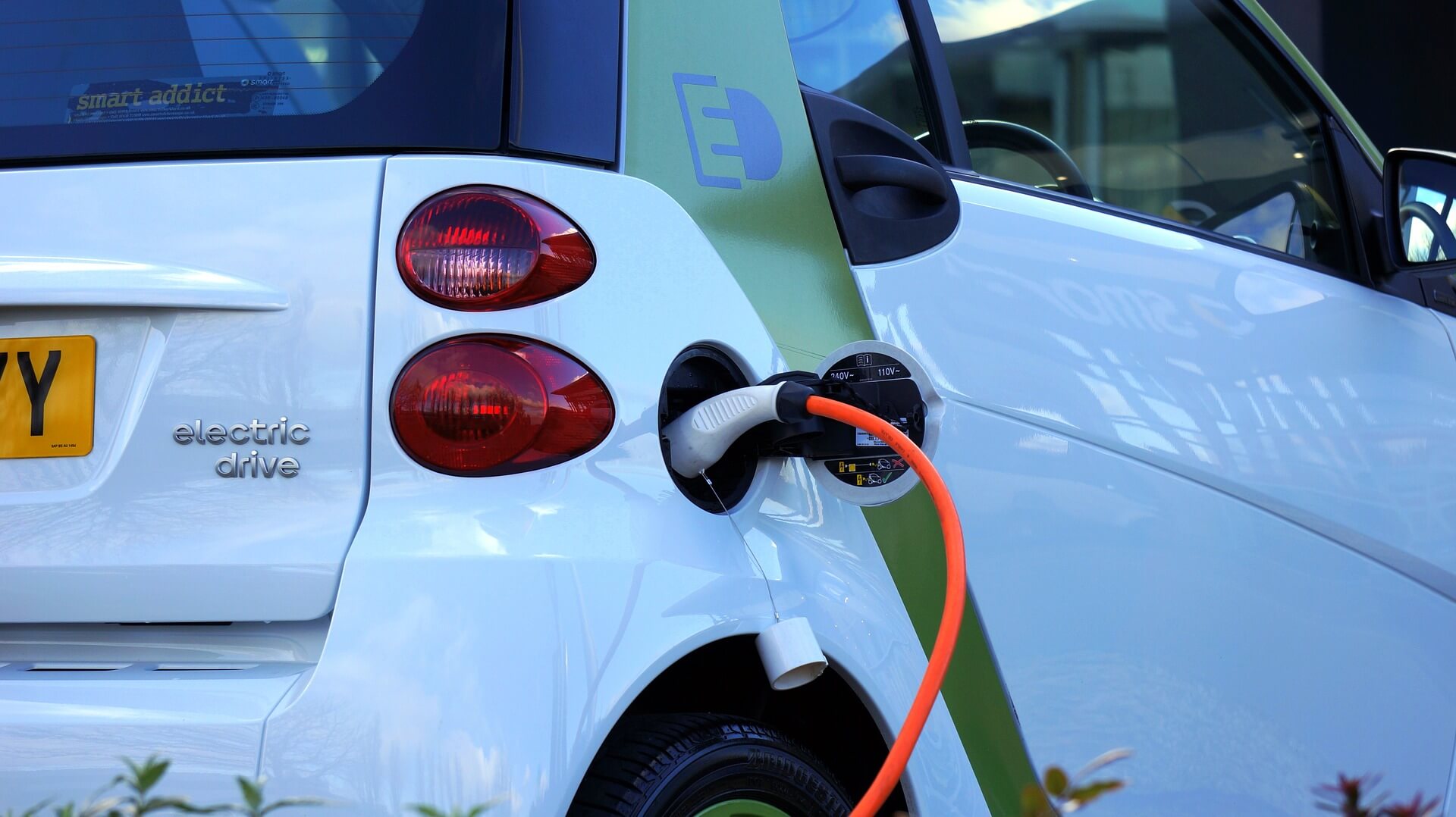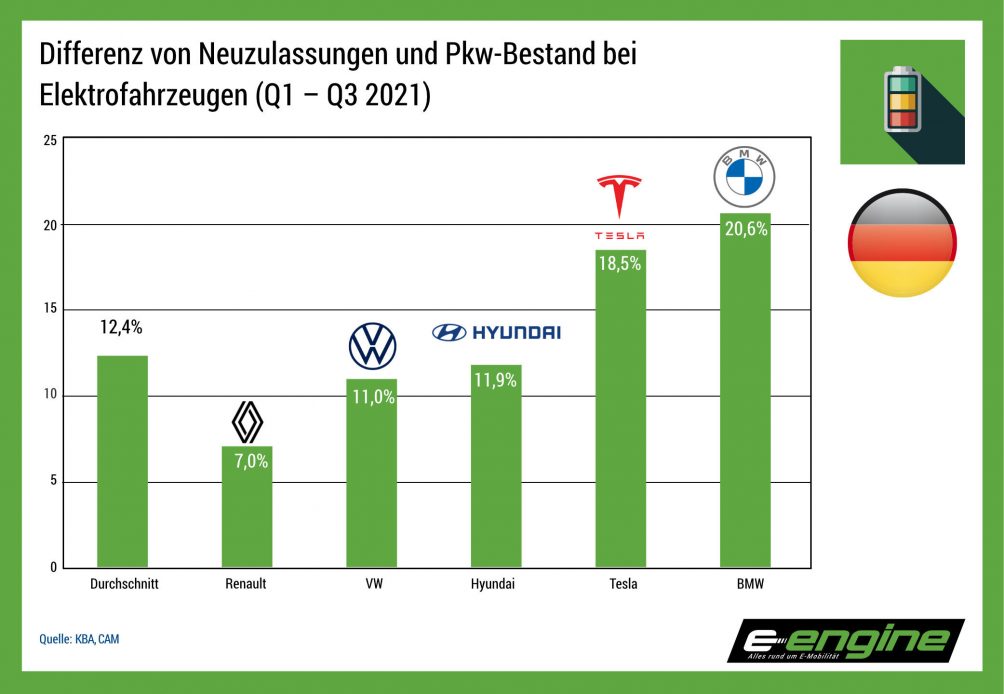
The future of individual mobility lies in electromobility. That should be indisputable by now. No other propulsion system uses the available energy so efficiently, and no other system emits so few pollutants and greenhouse gases.
Early adopters in many European countries have fully recognized this and, boosted by government subsidies, the transformation has accelerated in the last two years, especially in Germany, the Netherlands and Norway.
Varying subsidy schemes
In the process, countries are taking varying approaches with different outcomes, depending on cultural preferences. In Norway, for example, the solution was quite simple and relatively unbureaucratic: up until September 2021, those making the switch were simply exempt from sales tax on electric vehicles. This meant savings of 25 percent on the purchase price. In addition, the tax on luxury class vehicles was abolished. This could amount to up to 45 percent.
Germany loves bureaucracy
What would Germany be without rampant bureaucracy and poorly executed policies? Some might answer: “a perfectly functioning state.” It’s important to understand this. The “right-wing gene” is deeply rooted in German DNA. And bureaucracy and politics are always right.
Nuclear phase-out and energy turnaround
This is particularly evident in energy policy. The nuclear phase-out and the ecological turnaround have made Germany’s energy supply particularly vulnerable. For one thing, it currently emits a lot more CO2 per kWh (unless a storm compensates) than it did before the shutdown of its nuclear power plants. In addition, dependence on Russian gas has increased, something that is now coming back to haunt those responsible because of the Ukraine crisis. Electricity and gas prices in Germany are therefore the highest in Europe, and the temporary shutdown of Nord Stream 2 will cause them to increase even more in the coming months.
Good intentions are not enough
To use Merkel’s catchphrase, they simply didn’t “think it through to the end.” This also applies to the environmental bonus for electric vehicles. The fact that the bonus is actually too high if you buy a plug-in hybrid electric vehicle or PHEV is a moot point. It is now known that PHEVs are mainly bought as company cars for financial reasons because fuel consumption during normal operation increases due to their higher weight. On the other hand, the taxation of the private share is lower. And so the most popular PHEVs with a high environmental bonus are, of course, SUVs and crossovers. The company pays for the fuel anyway.
Poorly drafted laws
Now another problem has emerged: the business with the environmental bonus and battery electric vehicles or BEVs. This can amount to as much as €6,000 depending on the purchase price of the electric vehicle. All Tesla Model 3 models, for example, are entitled to the full bonus. But the buyer of an electric vehicle only has to keep it for a maximum of six months. After just six months and one day, he can sell the car and keep the environmental bonus. Together with the manufacturer’s bonus, this amounts to more than €9,000 if the value-added tax is included.
Teslas and other electric cars are still hard to come by and take several months to deliver. The Californians could easily sell more vehicles than are currently available. In particular, other European countries such as Denmark, the Netherlands and also Norway would be able to take delivery of far more electric cars.
Semiconductor crisis
The semiconductor crisis also means that supplies are currently limited, so business with popular used cars is experiencing a considerable boom.

As a result, although 236,695 BEVs were registered in the first nine months of 2021, according to calculations by CAM (Center of Automotive Management), the electric vehicle supply increased by only 207,435 units. This means that nearly 30,000 vehicles, or 12.4 percent of newly registered passenger cars, were quickly resold, primarily abroad.
The suspicion is that subsidies were collected here and the vehicles were resold after a minimum holding period. The CAM estimates that in 2021 alone, around €240 million in government subsidies were not used “for their intended purpose.”
Who is to blame?
It is difficult to speak of subsidy fraud. In fact, everything here is legal, albeit quite antisocial toward taxpayers. But it is a good example of the poorly drafted legislation in Germany, which simply does not “think things through to the end.” And it is another Waterloo for excessive domestic and EU bureaucracy, which is by now seen by Germans as just plain annoying.
Because remember: More bureaucrats = More bureaucracy = Even more bureaucrats, etc.
About this column:
In a weekly column, alternately written by Bert Overlack, Eveline van Zeeland, Eugène Franken, Helen Kardan, Katleen Gabriels, Carina Weijma, Bernd Maier-Leppla and Colinda de Beer, Innovation Origins tries to figure out what the future will look like. These columnists, sometimes supplemented by guest bloggers, are all working in their own way to find solutions to the problems of our time. Read Bern Maier-Leppla’s other column here.

